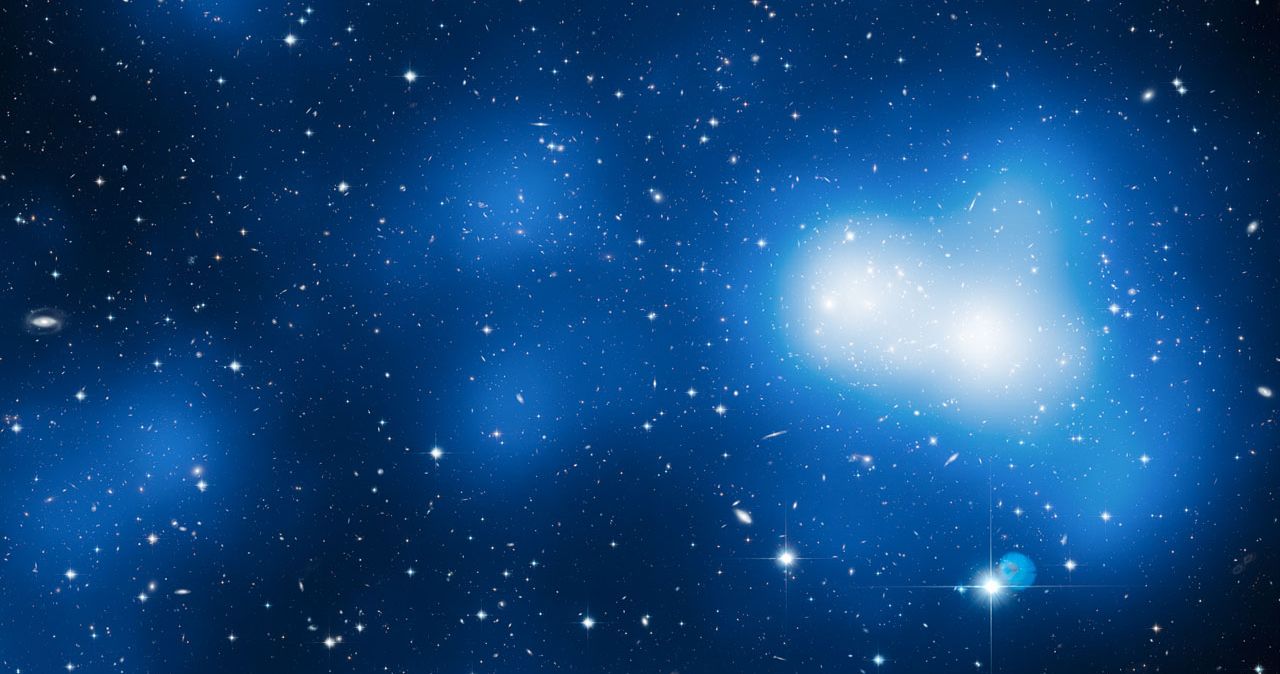Something massive in space is making clusters of stars vanish. The mysterious invisible cosmic mystery has scientists scrambling for answers. The Hyades cluster, which is closest to our sun and 153 lightyears from Earth, is losing stars at an incredible rate, and scientists believe that it is a "dark matter substructure, a relic that contains the mass of 10 million Suns and is made of a mysterious non-luminous substance." One part of the Hyades cluster has been left bare, devoid of stars.
Tereza Jerabkova is leading the team of scientists at the European Space Agency (ESA) who came across the "Galactic Lump" by using data collected by ESA's Gaia satellite. "This is the amazing thing about the data from the Gaia satellite-we have the chance, for the first time in history, to search for stellar structures that are hiding in the huge amount of field stars in the galaxy," Jerabkova said in an interview with Vice. A lot of the stars in the Hyades cluster are visible to the naked eye from Earth, which means that we can even see their absence without a high powered multimillion dollar telescope.
Over the past 700 million years, the Hyades cluster has undergone several changes and many of its brightest stars can still be seen on Earth "in the V-shape at the head of the constellation Taurus." The massive amount of changes are due to "interior cluster dynamics as well as gravitational forces from the larger Milky Way galaxy." The outside forces have developed what scientists have called "tidal tails," that sweep out into the galaxy, showing older and new stars in the process.
Now, these "tidal tails" are being ripped apart by something massive. According to the new study from Tereza Jerabkova and her team at the ESA, "a close encounter with a massive Galactic lump can explain the observed asymmetry in the tidal tails of the Hyades." Jerabkova adds, "We see that stars that belong to the nearest star cluster are moving in a way they should not be moving if we apply our known and widely used models." She goes on to note that their models could either be way off, "or the motions are changed due to a dark matter lump, and this would also be an important discovery."
Tereza Jerabkova states that the mystery "may be a dark matter substructure, also known as a sub-halo." The massive dark matter objects "emerge in the early years of galactic formation," and have been studied by scientists for years now. A black hole would simply gobble up the stars, but that isn't what's happening here. Jerabkova says. "the orbits of the stars in the Galaxy are being affected/changed by the encounter," which sees some of the "tidal tails" being torn apart. As for this massive galactic beast taking away our sun, scientists say that it's not something that we should be worrying about. The interview with Tereza Jerabkova was originally conducted by Vice.

